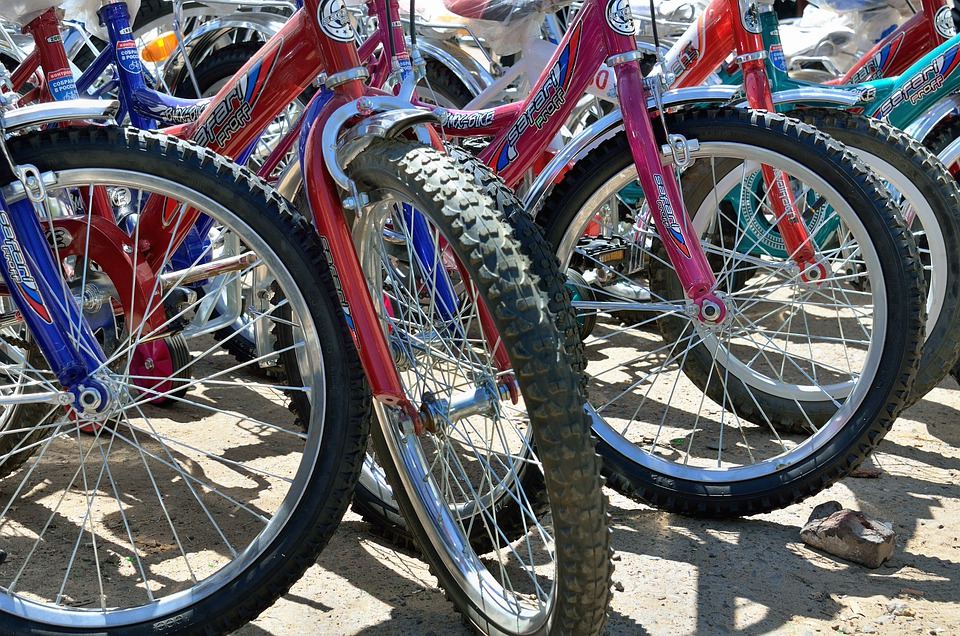
You’re cycling along, turning the pedals smoothly and easily, when all of a sudden you feel like you can’t go on. You’re lightheaded, maybe even dizzy and nauseous. You’ve bonked — hit the wall, as they say in cycling. What can you do to avoid it? Read on to find out!
What is bonking in simple words?
This is what happens when your body has used up all of its glycogen stores. Glycogen is a type of sugar that your body uses for energy, and it’s stored in your liver and muscles. When you ride hard, your body taps into those glycogen stores, and when they’re gone, you bonk.
If you’re bonking, you might feel like you can’t go on, even though you know there’s still a long way to go. You might feel dizzy or nauseous, and your muscles might feel heavy and weak. You might also experience what’s called ‘brain fog,’ where it’s hard to think clearly or make decisions.
Bonking is different from hitting the red zone, which is when your heart rate and breathing are so high that you can’t sustain the effort for very long. When you’re bonking, you may still be able to ride hard, but your body just doesn’t have the energy to keep going.
What causes bonking?
As we mentioned before, bonking is caused by a lack of glycogen in your body. When you ride hard, your body uses up glycogen for energy, and when it’s gone, you bonk.
There are a few other things that can contribute to bonking. For instance, bonking is caused by a lack of food, especially if you’re riding for an extended period. If you don’t eat enough, your body doesn’t have the energy it needs to sustain a hard effort.
Riding in the heat can also contribute to bonking. When it’s hot, your body uses up more glycogen to cool itself down, and if you aren’t replacing that glycogen, you might bonk.
High altitudes can also lead to a decrease in energy levels. At high altitudes, there’s less oxygen in the air, and your body has to work harder to get the oxygen it needs. This can lead to quicker depletion of glycogen stores, and if you aren’t careful, you might bonk.
What way can you recover from bonking?
Glycogen is the source of energy for your muscles, and bonking occurs when those stores are depleted. To recover, you need to consume foods that will give your body glycogen. This means eating something with carbohydrates and sugar. A candy bar or a gel pack are good choices, but really, anything with sugar will do the trick.
Once you’ve eaten something, you should start to feel better within a few minutes. However, it can take up to an hour or two for your glycogen stores to be fully replenished, so don’t expect to feel like you’re back at 100% right away.
How can you prevent yourself from bonking?
As you know, the best way to prevent bonking is to eat and drink regularly while you’re riding. This means eating something every hour or so, and drinking a few sips of water or sports drink every 15 minutes or so. Eating and drinking regularly will help keep your glycogen stores topped off and will help you avoid bonking.
Another way to prevent bonking is to ride at a steady pace. If you go out too hard, you’ll use up your glycogen stores too quickly, and you might bonk. If you ride at a slower speed, you’ll avoid bonking and be able to ride for longer.
Finally, make sure you’re eating enough before you ride. If you don’t eat enough calories, your body won’t have the energy it needs to ride, and you might bonk.
That’s it for now! We hope this article has helped you understand the causes and prevention of bonking while cycling. Do you have any questions? Ask them in the comments below, and we’ll do our best to answer them. Happy cycling!